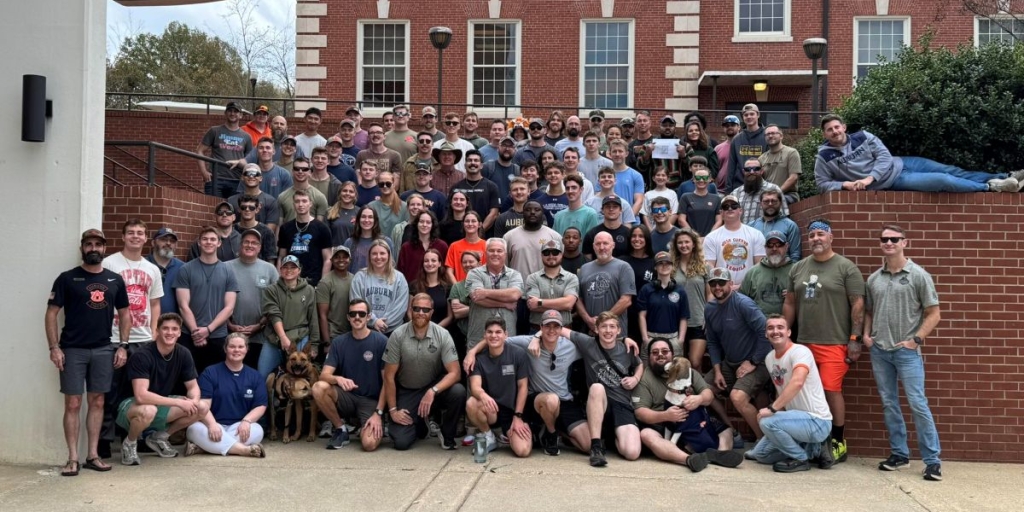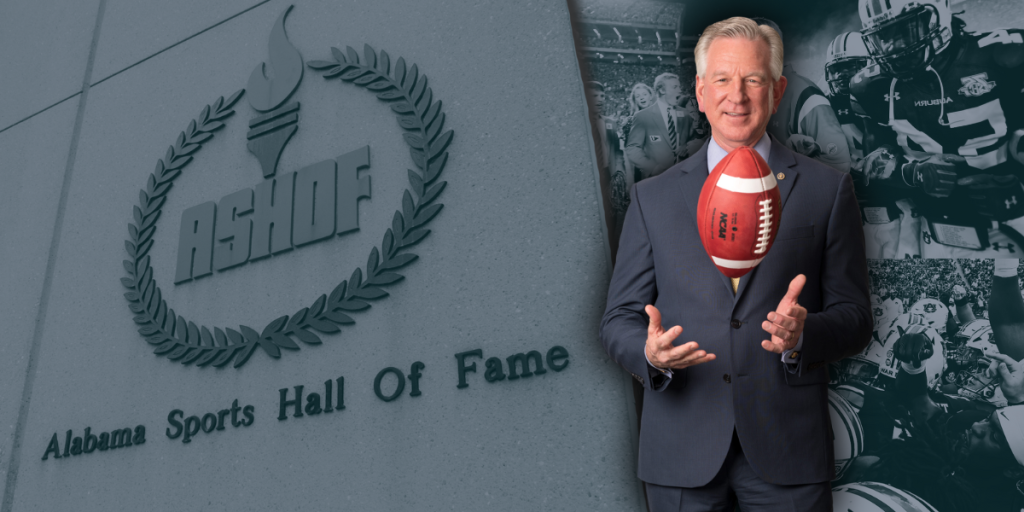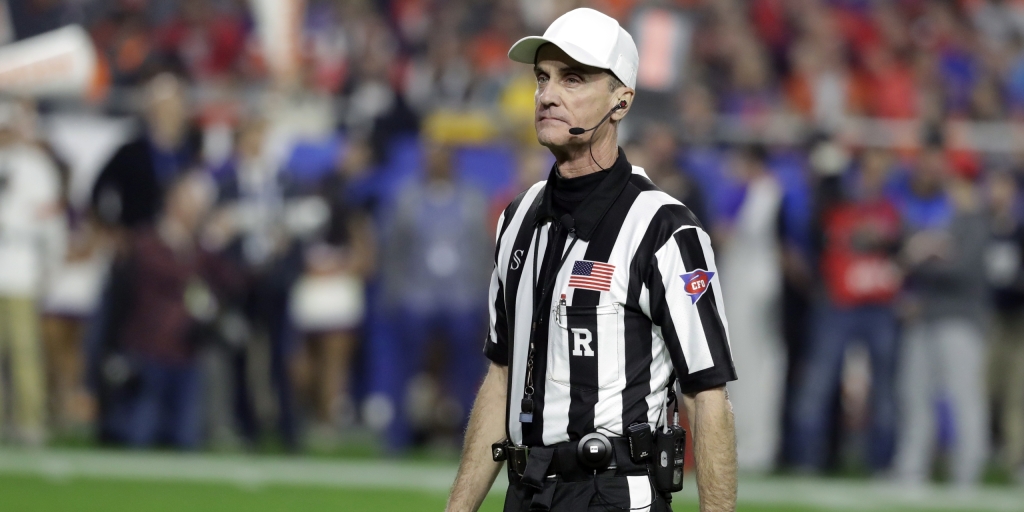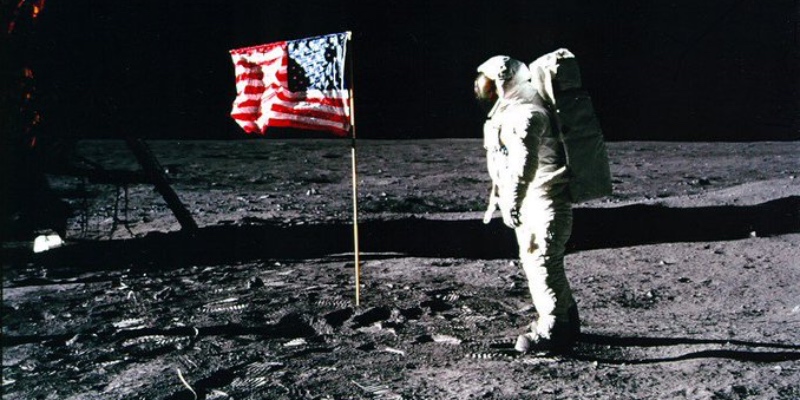AUBURN — James Hansen vividly recalls how the landing of Apollo 11 on the moon brought Americans and the world together. Five decades later, the author of “First Man”—the only authorized biography of Neil Armstrong—is continuing to tell the story of that unifying moment in history by giving talks around the globe and through a new book that’s set to launch in October.
“I’m putting the finishing touches on a book that is going to be published with selected letters to Neil Armstrong,” said Hansen, professor emeritus at Auburn University, of the upcoming book titled “Dear Neil Armstrong: Letters to the First Man from All Mankind.”
Through letters written by people all over the world to Armstrong, Hansen said readers can learn more about the astronaut who was the first to step foot on the moon.
“What’s interesting about this book is what we can learn from reading the types of letters that were written to Armstrong not just immediately after Apollo 11 but for the rest of his life,” Hansen said
Hansen said nostalgia for the moon landing is high, especially with this weekend’s 50-year anniversary of Armstrong taking his “one small step for man, one giant leap for mankind.” And this week, that excitement can even be seen in Langholm, Scotland—where Hansen was invited to attend celebratory events surrounding the big moment in history. The location has a unique connection to Armstrong as it’s his ancestral town.
“Neil went there in 1972 to great fanfare and enjoyed himself a lot, so I thought that would maybe be the most unique and interesting place to actually be on the day of the anniversary itself,” Hansen said.
After Hansen wraps up his stay in Scotland, he will then focus not only on his new book, but also in exploring a documentary on moon rocks, many of which have gone missing over the years.
“From six [moon] landings, something like 850 pounds of moon rocks were brought back and deposited in what was known as the Lunar Receiving Laboratory at the Johnson Space Center in Houston,” he said.
Many of the rocks are still there, while a number of them were parceled out to researchers and lunar scientists around the world.
NASA recently announced that it would be unsealing some of the samples that have been preserved since the Apollo missions. Hansen said in the early 1970s, when the rocks were being brought back, NASA chose to seal some of the rocks so that future generations, with access to better technology and instrumentation than was available then, could study the rocks.
Hansen said he believes the rocks will continue to be parceled out over time as better technology comes available or another mission to the moon brings back more rocks.
“Until that happens, these are pretty precious commodities,” he said. “You need to save some of them for future scientific generations.”
Each story surrounding Apollo 11 has always held a fascination for Hansen, who remembers the day history was made.
It was on a summer Sunday between James Hansen’s junior and senior years of high school when Armstrong took his first steps on the moon. Hansen was gathered in the living room of his family’s home watching it on one of only two televisions in the house.
“The landing took place itself in the mid-to-late afternoon, depending on your time zone,” he said. “I was watching a baseball game, and actually the baseball games were recognizing it and everyone stood up at one point and prayed for the Apollo astronauts and then when it was announced that they landed, it was on the scoreboard and they stopped the game and everyone applauded.”
As the landing neared, he and his family turned to CBS, where Walter Cronkite was covering the event. It was well before the days of VCRs and DVRs, so the only way Hansen could capture what was happening on the screen was to take a picture of it with his Polaroid camera.
“That was important memorabilia and a lot of people did that. The moon walk itself took place about three hours after they landed. That was in the early evening and lasted until late in the evening. I was old enough that I didn’t have to have special permission from my parents to stay up and watch it all but a lot of smaller children did and I’ve heard a lot of stories from people over the years about where they were and how their parents let them stay up or they woke them up in time to hear Neil Armstrong say, ‘One small step,’” he recalled.
And while nostalgia is high today about the moon landing and how it unified the world in a shared monumental accomplishment, the historian in Hansen also recalls how the lead up to the landing wasn’t always met with full public support.
“They look back at nostalgia to this era when the moon landings happened and just sort of assumed that the American public, which was footing the bill because this was a U.S. federal government project, that the public was overwhelming in support of the moon landing program,” he said.
Hansen said that while the American public supported space programs on the whole, they weren’t demanding that moon landings take place.
“It was really the politicians within the context of the Cold War and the race with the Soviets in space that drove the project, and then the American people just kind of went along with it and didn’t oppose it too actively,” he said. “But, when they were polled, they didn’t seem too supportive.”
Even today, Hansen said there still are those who ask him if the landing really happened.
“We just can’t get past that,” Hansen said. “For some reason, there are people who just question it. I think everybody likes a good conspiracy theory but the evidence for the moon landing having been real is so tremendously overweighing anything that’s questionable. It’s a little upsetting but as a historian I find it interesting that people continue to believe or disbelieve things that are clearly believable or unbelievable.”
He said many people think we only went to the moon one time.
“There were actually six missions, Apollo 11-17,” he said. “There would have been seven landings if Apollo 13 had not had its emergency.”
When a malfunction in an oxygen tank on the service module exploded, Apollo 13’s crew was fortunate to make it back to Earth, but the lunar landing did not happen on that mission.
“If you’re questioning, ‘Did the moon landings actually happen?’ it’s not just questioning one, it’s questioning six of them,” he said.
Hansen is on his own mission to tell the story of what did happen and through his books and talks he is doing all he can to keep that moment in history alive.
“I feel a responsibility to the story and to Armstrong and to historical accuracy,” he said.
(Courtesy Auburn University)













